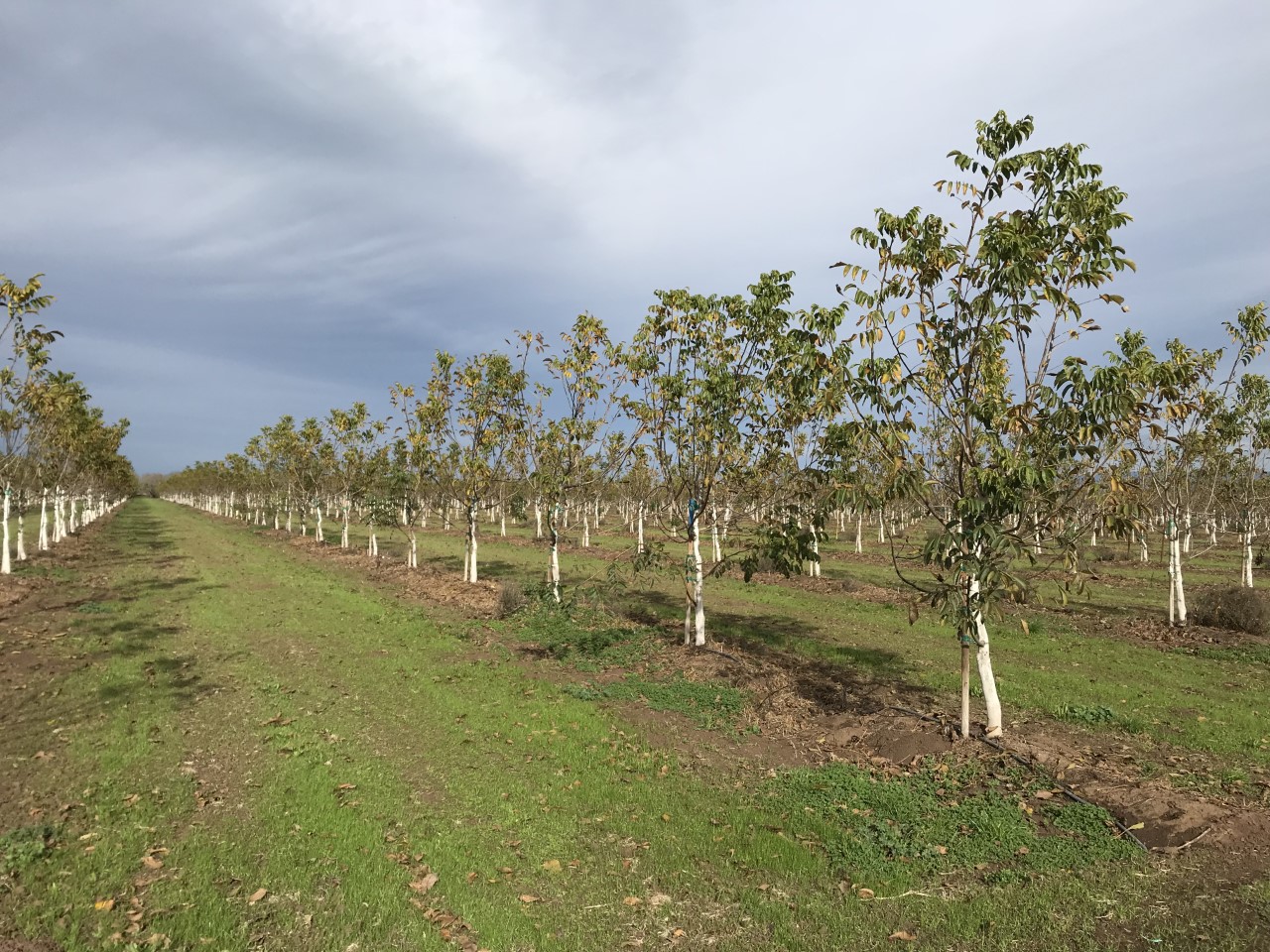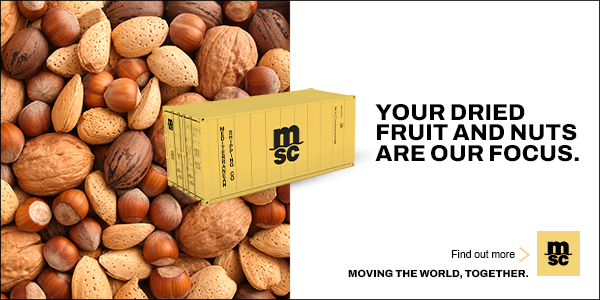
The 2021 walnut harvest is over, and growers have a number of considerations for their orchards as trees enter the dormant season. Included in considerations are some of the usual suspects: pruning, nutrition, weed scouting, and winter sanitation as well as cover crop seeding.
Kat Jarvis-Shean, UCCE orchard systems advisor for Sacramento, Solano and Yolo counties, wrote in a Sacramento Valley Walnut News article that if pruning in the dormant season, do it as early in the fall as possible to avoid Botryosphaeria infections. She said winter pruning resulted in infection in 78% to 99% of cut shoots, compared to only 28% to 75% percent in fall-pruned shoots, and, at minimum, to avoid cuts when the forecast shows wet conditions.
Nutrition is another fall consideration, and potassium might be top-of-mind if leaf sample analyses indicate deficiencies. Jarvis-Shean says to think about applying potassium sulfate or potassium chloride (KCl). KCl can save money, but chloride needs to be able to leach out of the root zone prior to spring leaf-out. Areas with perched water tables, heavy clay and less than eight inches of winter rainfall should be avoided, Jarvis-Shean said.
Weed scouting should be done to evaluate this year’s weed management plan and to make any changes for next year. According to Almond Board of California’s Drew Wolter in a Sacramento Valley Orchard Source blog, post-harvest scouting should start early and be repeated occasionally throughout winter. Starting early ensures that weeds are caught before they mature, after which they are more challenging to manage. Three keys for successful scouting, Wolter said, include recording weed infestations and mapping them, accurately identifying weed species and looking out for different weeds in different management zones.
Winter sanitation of mummy nuts is going to be crucial during the dormant season to prevent overwintering navel orangeworm (NOW). Jarvis-Shean said to shake or pole any remaining nuts after harvest, blow nuts into middles and flail mow.
UCCE Farm Advisor Luke Milliron, in an October 2021 West Coast Nut article, said that California has had low NOW pressure as of late. “…but if that changes, and I think that will, that’s probably when people will be more inclined to take sanitation more seriously,” he said.
Fall is also the time to start seeding cover crops in orchards. Jarvis-Shean said that if seeding a cover crop, best seed-soil contact is achieved when seed is in the ground before leaf drop. More information on cover crop seeding can be found on the Sacramento Valley Orchard Source blog.
















